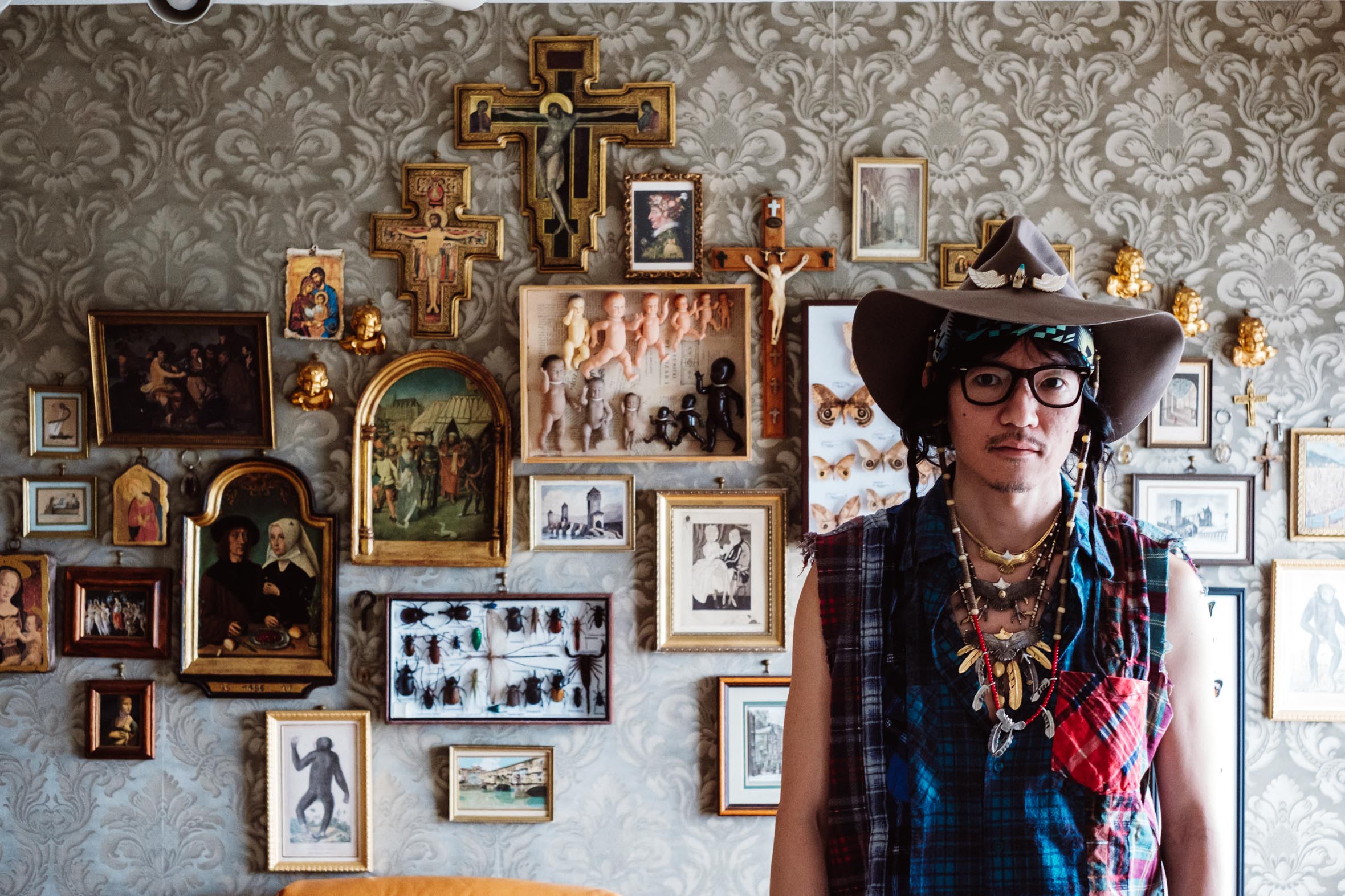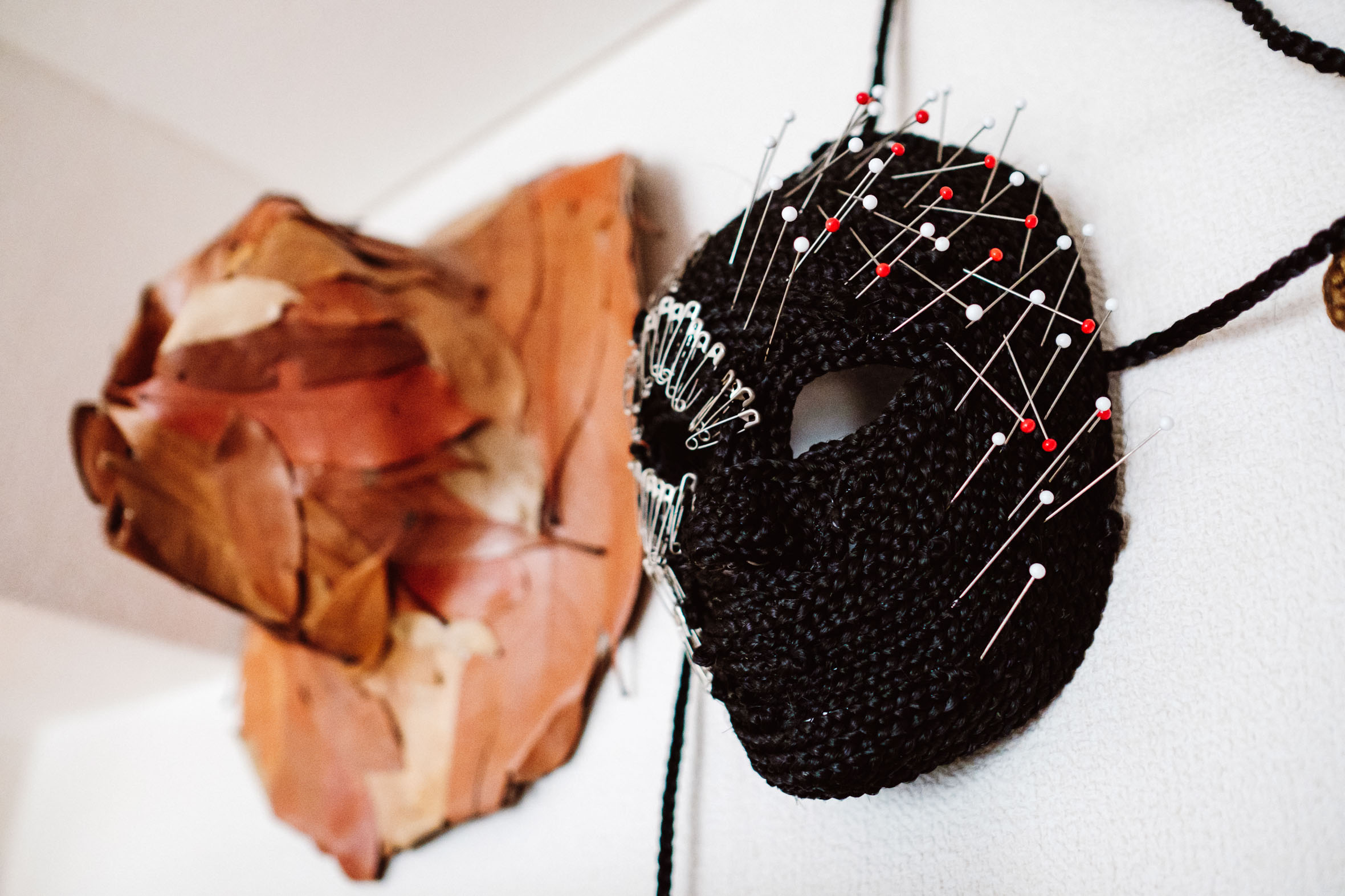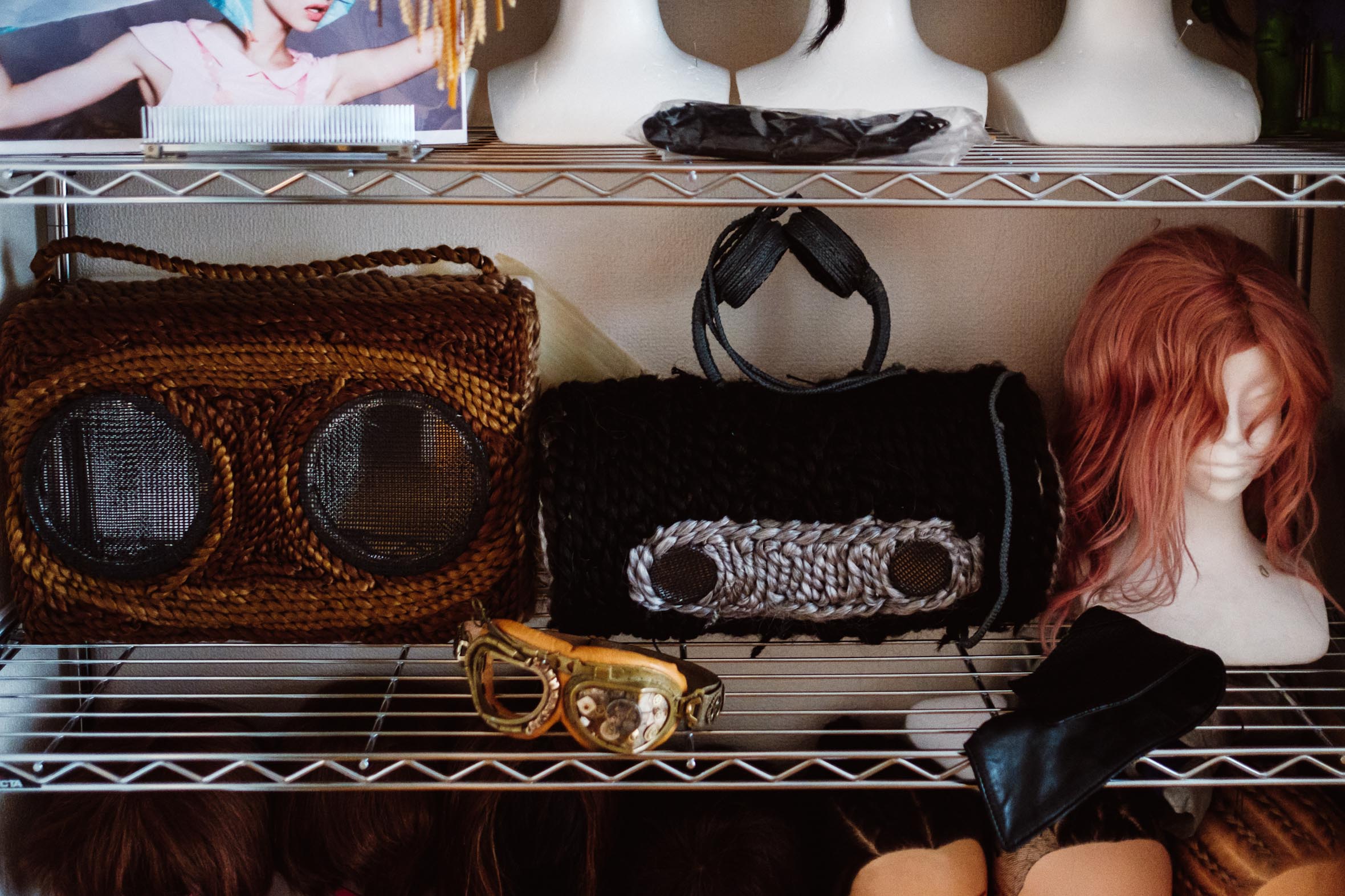PEOPLE: Using everyday objects to craft his quirky headpieces, the Japanese hairstylist transforms the mundane into the extraordinary
Photography: Aris Akritidis
Interview: Emma de Clercq, Alex Mascolo
Words: Alex Mascolo
Special Thanks: Ryoji Imaizumi
Nicknamed ‘the hair magician’ for his ability to turn everyday objects into extravagant headpieces, Ryoji Imaizumi transforms the mundane into the extraordinary. Despite his penchant for trashy materials (lego, barbies and sweets are among his favourites) Imaizumi’s client list is distinctly high-end; he has created pieces for Vogue, Marie Claire and Numéro Tokyo, and worked on campaigns for L’Oreal and BMW.
Imaizumi began his hair career in the late 90s, working as an assistant at Bumble and Bumble in New York. It was its founder Michael Gordon who encouraged him to become a session assistant, and he subsequently moved to Paris to work for the renowned French hairstylist Laurent Philippon. Three years later, he decided it was time to branch out on his own. “I started to get frustrated being an assistant,” he says, “I wanted to create my own things, and to have more creative control”.
Now based in Tokyo, Imaizumi creates his playful, one-off pieces for editorials, shows and campaigns. Using Instagram to share an insight into his working process, Imaizumi’s time-lapse videos have earned him legions of online fans ( 178k followers and counting). The snappy, sped-up videos show him creating his pieces from start to finish. Imaizumi explains that the frenetic speed of the videos is very deliberate, designed to awe and delight the audience – without revealing all of the magician’s tricks. “I don’t want to create step-by-steps,” he says, “I want it to be entertainment”.
INFRINGE met the eccentric hairstylist at his home and studio in Tokyo.
"I play around with the materials on the head – I don’t know what will work until I put it together. The whole process is like a puzzle"
You’re known for creating extravagant headpieces using objects not typically associated with hair. What inspired your move from session stylist to headpiece creator? After coming back to Japan after Paris, I did everything with hair. When you’re working on a shoot, it isn’t like a hair competition where you have months to prepare, you have to create looks within a tight time frame. I wanted to create quick pieces. I began to feel limited working with hair, because to create a whole new hair look, stylists often have to rely on hair colourists. To get around this issue I chose to use other materials. With hair I found there was a limit, in terms of shape and size. So, why not challenge the concept by making something else into ‘hair’?
How do you generally attach the materials to the head? It depends on how it’s created and what’s best for the model. I usually don’t like to have a whole wig ready because with a wig I don’t know how it’s going to fit the model. I need to see her face! I like to build it onto her, piece by piece, so that it’s custom made. Every creation is completely different, even if I’m using the same materials.
Your Instagram videos, which show your working process, are very popular. What inspired you to start documenting your work this way? About three years ago, my wife, who was on Instagram, told me that it would be a good way to share my work online. Initially I just posted photos, and people started reacting to it in a really positive way. Then a photographer showed me the app Hyperlapse – I immediately thought that it would be an amazing way to document hair. Although there’s a lot of hairdressers and make-up artists that follow me, my videos are also accessible and liked by normal people, which is exactly what I want.
How would you summarise your working process? To me – concept is key. Without this, I can’t think of anything. So I always start with the concept and then search for the materials. I often feel like a stylist, as every time there is a concept, I have to ask for the budget and then go shopping. I know as soon as I see the material if it will work for me.
The materials that you use are so varied. How do you choose them? A lot of the stuff that I use is just based on what is cheap and readily available in Japan. Of course, if you give me an unlimited budget I could do what I do anywhere. But I believe that to be creative you need to have access to a lot of materials. I always buy more than I need, sometimes I’ll only use a quarter of it. Then I play around with the materials on the head – I don’t know what will work until I put it together. The whole process is like a puzzle.
- ANTHROPOLOGY OF HAIR
- ANTHROPOLOGY OF HAIR
- ANTHROPOLOGY OF HAIR
- ANTHROPOLOGY OF HAIR
- ANTHROPOLOGY OF HAIR











